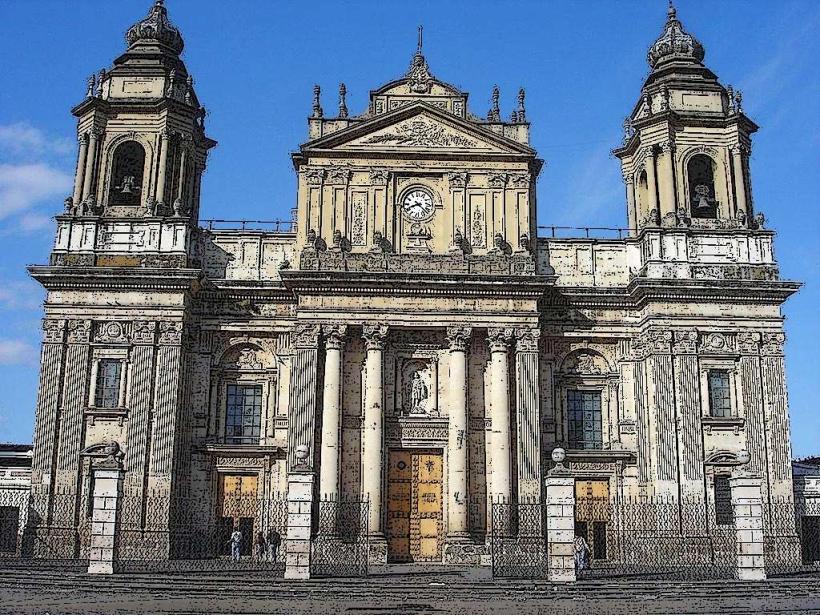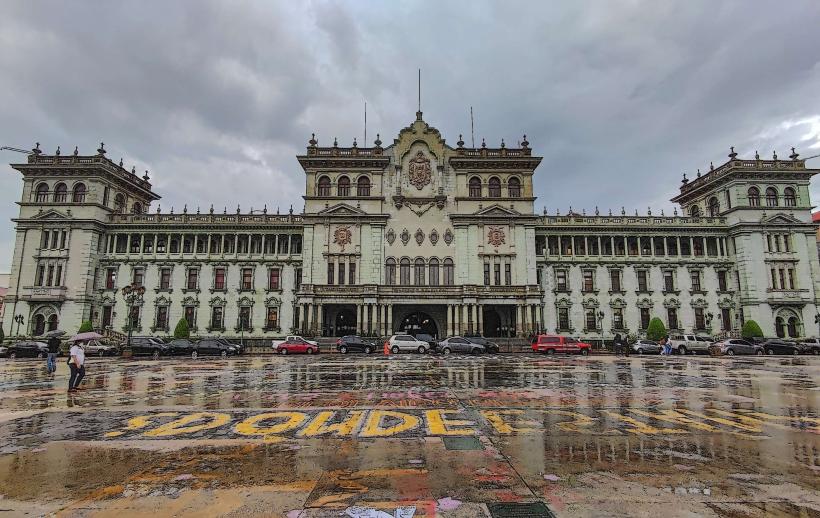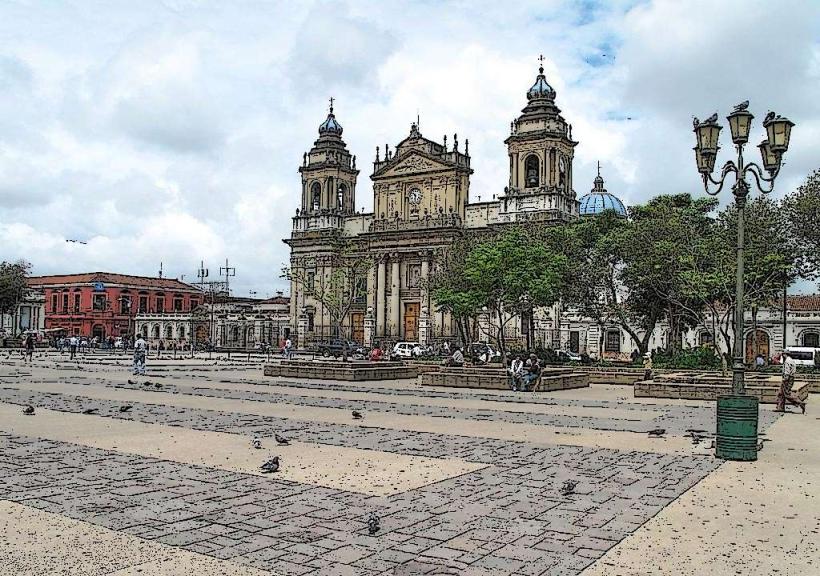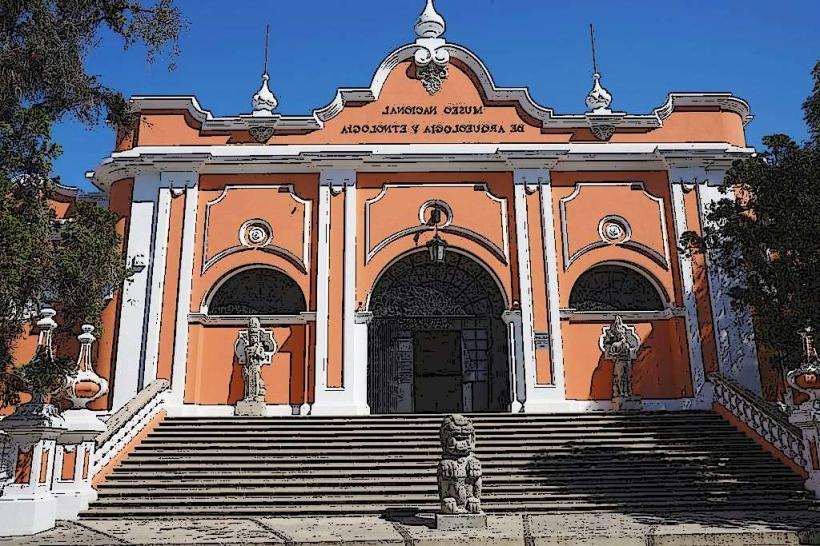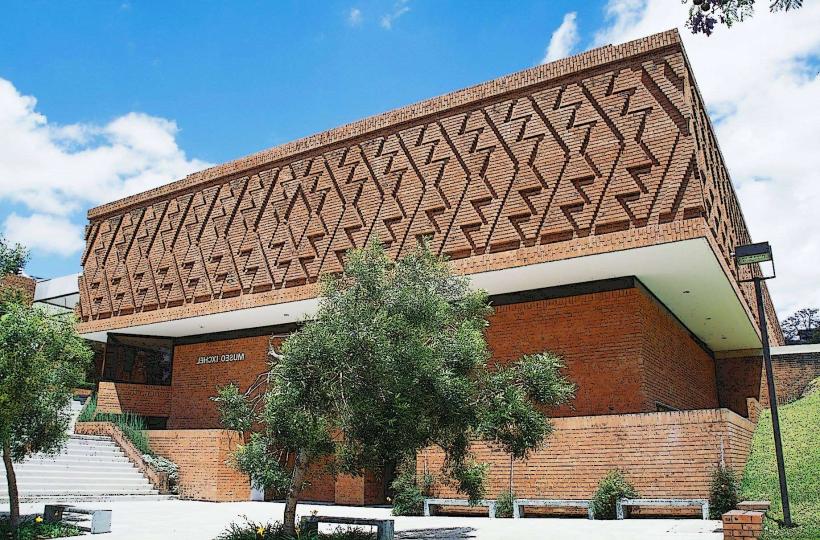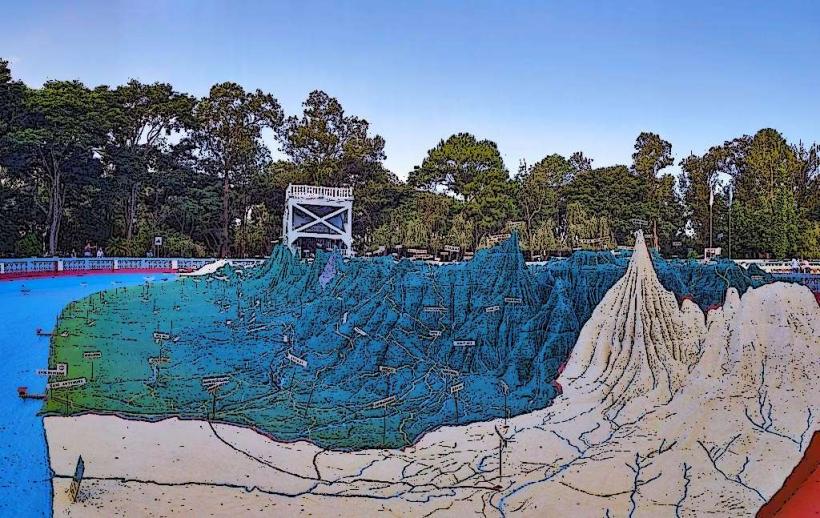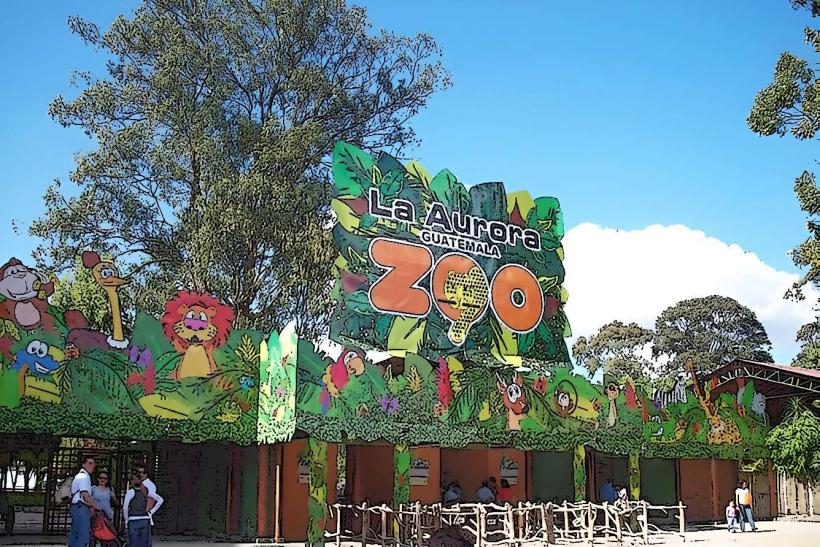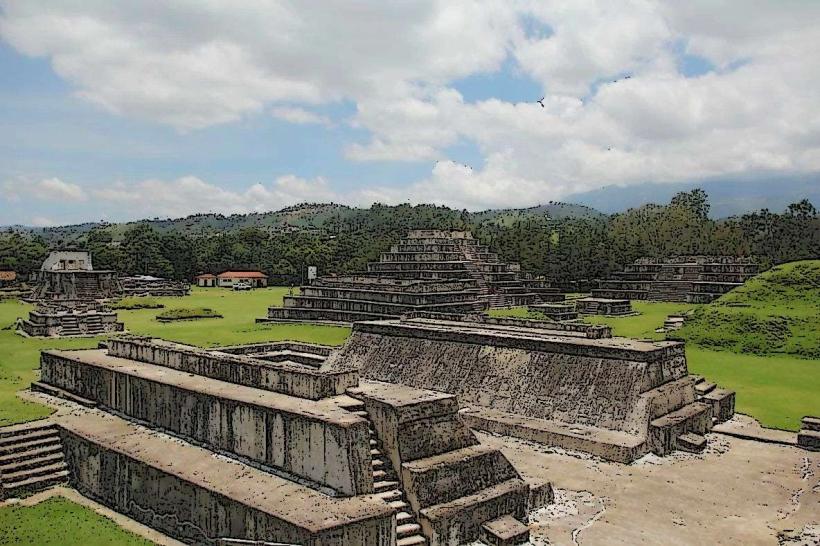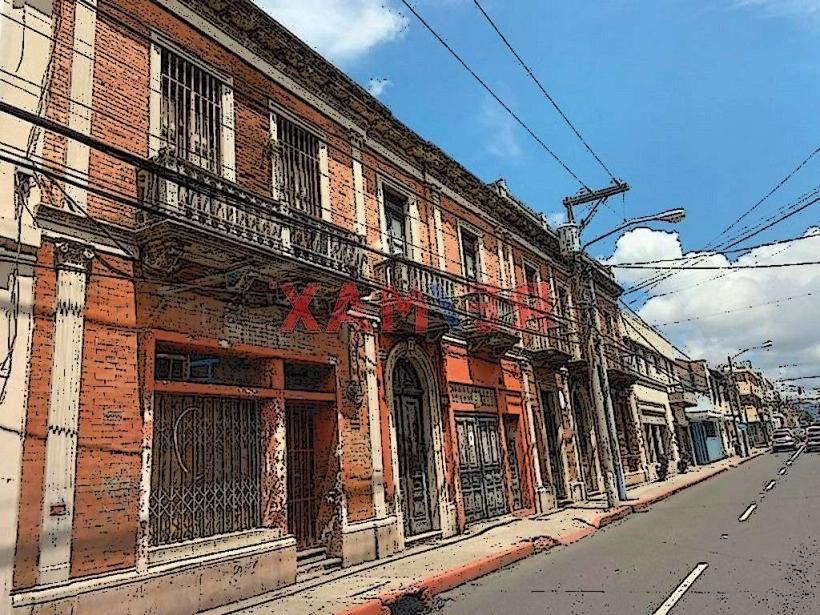Information
Landmark: Popol Vuh MuseumCity: Guatemala City
Country: Guatemala
Continent: North America
The Popol Vuh Museum (Museo Popol Vuh) is one of the most important cultural institutions in Guatemala, dedicated to preserving and showcasing the art, history, and cultural heritage of the ancient Maya civilization. Located in Zona 10 of Guatemala City, the museum is part of the Universidad Francisco Marroquín (Francisco Marroquín University) and is named after the Popol Vuh, the sacred text of the K'iche' Maya people, which contains important creation myths and stories of the Maya worldview.
History and Purpose:
The Popol Vuh Museum was founded in 1979 and was established with the aim of promoting understanding of the rich history and culture of the Maya civilization. The museum’s primary focus is on the archaeological and ethnological artifacts that reflect Guatemala's ancient past, with particular emphasis on the Maya civilization, which is central to the country’s identity.
The museum takes its name from the Popol Vuh, which is a key work of Maya literature and mythology. The text serves as a foundation for the cultural and religious understanding of the ancient Maya. The museum’s exhibits focus on artifacts that help explain the mythology, cosmology, and daily life of the ancient Maya, as well as the artistic, political, and spiritual achievements of the civilization.
Museum Collections:
The museum houses a remarkable collection of pre-Columbian art, artifacts, and archaeological objects, showcasing the wealth of the Maya civilization, as well as other pre-Columbian cultures of the region. The collections are displayed in thematic exhibits that are designed to offer an understanding of Maya culture and history from multiple perspectives.
Archaeological Artifacts:
The Popol Vuh Museum’s archaeological collection features a range of objects from various ancient civilizations, primarily focusing on the Maya but also including pieces from other pre-Columbian cultures. Some key components of the collection include:
Maya Pottery and Ceramics: The museum displays a wide variety of Maya pottery, including functional vessels, figurines, and ceremonial items. The pottery features intricate designs and depictions of gods, animals, and mythological scenes, often tied to religious ceremonies.
Stone Sculptures and Stelae: Some of the museum’s most notable exhibits include stone sculptures, stelae (stone monuments), and altars, which were used in Maya religious rituals. These carvings often depict rulers, deities, and historical events, offering insight into Maya political and spiritual life.
Maya Textiles and Clothing: The museum features traditional Maya textiles, showcasing the artistry and craftsmanship that went into making the clothing worn by the Maya. These textiles are a key aspect of the region’s indigenous cultures and remain highly significant in contemporary Maya communities.
Religious and Ceremonial Artifacts: Many objects on display are associated with the religious practices of the Maya, such as ritual vessels, incense burners, and figurines used in ceremonies. These artifacts provide insight into the Maya’s complex belief systems, including their reverence for the gods and the importance of the natural world.
Maya Cosmology and the Popol Vuh:
One of the central themes of the museum is the exploration of the Popol Vuh and its impact on Maya cosmology, religion, and mythology. The museum includes detailed exhibits that delve into the stories and themes from the Popol Vuh, helping visitors to understand the Maya view of creation, the hero twins, the underworld, and the role of gods in shaping the world.
Creation Myths: The museum presents representations of the creation stories found in the Popol Vuh, which describe how the gods created the world, the first humans, and the struggle between life and death. These myths were central to Maya thought and influenced their rituals, governance, and understanding of the cosmos.
Hero Twins: The Popol Vuh tells the tale of the Hero Twins, Hunahpú and Xbalanqué, who embark on a journey through the underworld (Xibalba) to defeat the Lords of Death. The museum highlights scenes from this epic story, which was integral to the Maya spiritual worldview and symbolism.
Maya Gods and Rituals: The museum explores the deities of the Maya pantheon and their roles in both creation and destruction. Exhibits showcase the gods of the Popol Vuh, such as Tepeu Kan (Creator god), Gucumatz (feathered serpent god), and Huracán (god of wind and storms).
Ethnological Collection:
The Popol Vuh Museum also features a significant collection of ethnological exhibits that focus on the living Maya cultures of Guatemala. These exhibits offer insight into the traditions, languages, and practices of the indigenous peoples, with a particular focus on the K'iche' Maya, the ethnic group that is closely associated with the Popol Vuh.
Traditional Clothing and Textiles: The museum displays a variety of traditional Maya clothing, including the intricate woven textiles that are an important part of Maya identity. These textiles often feature symbolic patterns that reflect the wearer’s cultural background and community.
Contemporary Maya Art: The museum also includes modern works of art that draw on Maya traditions and reinterpret them through a contemporary lens. These pieces offer a look at how Maya culture continues to evolve and thrive today.
Architecture and Design:
The Popol Vuh Museum itself is an architectural gem. The building blends modern design with elements that reflect the cultural richness of Guatemala’s indigenous heritage. The space is designed to facilitate both the display of artifacts and the educational experience for visitors.
Educational and Cultural Programs:
The museum is not only a repository of cultural artifacts but also an active center for education and public engagement. It offers a variety of educational programs, including:
Workshops and Seminars: The museum regularly holds workshops and seminars on Maya archaeology, history, and culture. These programs are aimed at students, researchers, and the general public, fostering a deeper understanding of the Maya civilization.
Temporary Exhibitions: The museum hosts rotating exhibits that cover different aspects of Maya culture and pre-Columbian history. These temporary displays often focus on specific themes, such as Maya art, architecture, or the ongoing importance of Maya traditions.
Guided Tours: The museum offers guided tours, which help visitors gain a deeper understanding of the exhibits and their significance. Knowledgeable guides explain the context of the artifacts and offer insights into Maya cosmology and history.
Visitor Experience:
The Popol Vuh Museum is a must-visit destination for anyone interested in learning about the ancient Maya civilization and its ongoing cultural legacy. Whether you're a history enthusiast, an archaeologist, or simply curious about Guatemala’s past, the museum offers an immersive and informative experience.
The exhibits are well-organized and accessible, making it suitable for visitors of all ages. The museum’s central location within Guatemala City also makes it an excellent starting point for exploring the country’s rich cultural and archaeological sites.
Conclusion:
The Popol Vuh Museum is a cornerstone of Guatemala's cultural heritage, offering visitors a deep dive into the history, mythology, and traditions of the Maya civilization. Through its impressive collection of artifacts, educational programs, and focus on Maya cosmology and culture, the museum provides an invaluable resource for understanding the ancient Maya world and its lasting impact on Guatemala and the broader region.

